Agriculture is one of the single biggest polluters. And emits a large amount of the problematic greenhouse gases and CO2 that are responsible for the climate crisis. Together with the forestry sector, agriculture is responsible for a massive 25% of all human emissions. We all know that if we continue as normal across all industries, we’re in big trouble. In fact, at this point, it’s really just not an option. Given the fact that agriculture is such a major polluter, it’s one of the sectors that require the most urgent attention. So, if this is the case, what can be done to make a change in the agricultural sector? Well, the answer seems to lie in regenerative farming.
What is regenerative farming?
So, it might be a major part of the solution to the climate crisis but what is regenerative farming? Regenerative farming (also known as regenerative agriculture), is essentially just a set of sustainable farming practices. It requires farmers to maintain principles that aim ultimately, to rehabilitate the agricultural sector entirely. With regenerative farming, the focus is put on elements like soil health, water use management, and fertilizer usage. This type of farming essentially aims to improve the resources that it utilizes rather than depleting them as is the case with traditional farming.
For additional information, read how to support regenerative agriculture.
What are the techniques being used?
Conservation during cultivation
Plowing and land preparation for cultivation (also called tillage) can have a major negative impact on the soil. During these practices, the soil is often eroded. When this happens, large amounts of CO2 are released into the atmosphere. This is exactly what regenerative farming aims to avoid. Tillage can also disrupt the soil’s microbiome and ultimates, create a “hostile environment for important soil microbes”. Regenerative farming practices require farmers to “minimize physical disturbance of the soil”. Over time, this will increase organic matter in the soil. Ultimately, it creates a much
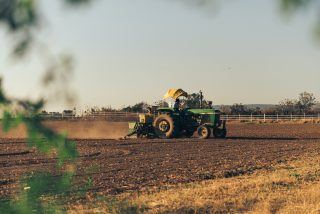
Photo by Los Muertos Crew from Pexels
healthier and resilient environment for crops planted there. Little to no CO2 is released into the atmosphere, instead, it stays in the soil.
Planting diversity
Different types of plants place different types of carbohydrates into the soil as they grow. Microbes in the soil feed on those carbohydrates (sugars) and in turn, provide nutrients to the plants and soil. However, always planting the same crop type in the same place can diminish nutrients in the soil. Therefore, farmers using regenerative farming techniques need to increase planting diversity. This leads to more productive yields and plants tend to thrive in more nutrient-rich, resilient soil.
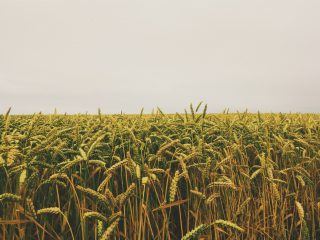
Photo by Pierre Sudre from Pexels
Crop rotation
When left exposed to the elements, soil erodes. Thus, the nutrients that are needed to support crops are eroded. However, repeatedly planting the same crops in the same location can lead to too much of some nutrients and not enough of others. If farmers rotate crops and plant cover crops effectively, this issue can be resolved. The soil becomes more nutrient-rich, more diverse, and will contain more diverse organic matter. This often aids in pest control and disease problems.
Another major aspect is the overall reduced impact on the land. Farmers that use regenerative farming techniques need to minimize the extent to which they interfere with the land. This not only means reducing physical disturbance. It also requires farmers to pay attention to when and how they use fertilizers or other ‘soil amendments’. Any chemicals or fertilizers added to the soil can undermine the natural balance. This can lead to soil damage in the long term. As well as disrupting “the natural relationship between microorganisms and plant roots”.
Why do we need it?
Ultimately, better practices within farming will increase biodiversity and natural organic matter in the soil. This will lead to better-nourished crops that are ultimately more resilient. Soils and agricultural land, in general, need to be resilient. With the impact of climate change comes droughts and flooding. The better maintained the soil is, the more likely it is to be able to withstand more drastic natural phenomena. Healthy soil also generally offers better
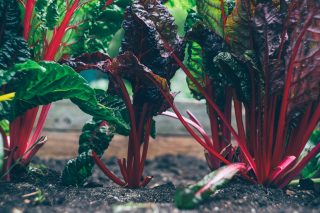
Photo by Markus Spiske on Unsplash
yields and more nutrient-rich crops. Healthy soil also reduces erosion and water runoff which ultimately leads to better water quality both on and off the agricultural land.
Which countries are leading the way?
Regeneration International was created in 2015. The aim of the movement was to increase understanding of regenerative farming as well as to “strengthen a global movement of solidarity”. Regeneration International, as of 2019, has “218 regenerative farms or projects located in 55 different countries”. Also in 2015, France, Australia, New Zealand, Japan, the U.K., Germany, and Mexico were amongst the first countries to sign an agreement that revolves around integrating and supporting regenerative farming. France is one of the major players, putting “regenerative food and farming front and center in the climate solutions conversation”.
It was the French government that launched the 4/1000 Initiative. In simple terms, this aims to increase the “soil carbon content of the soil by .04 percent each year”. In the next 25 years, the excess of carbon will be drawn into the soil and removed from the atmosphere. This will, in turn, play an active role in reversing climate change. Largely, regenerative farming is still in its infancy and needs to be included as a major method of sustainable agriculture across more countries in order to make a defined impact. Though the French initiative does have a lot of expert backing, the practice is yet to be far-reaching enough for us to see what it can really do for the climate crisis.
What can you do?
Now that you understand that the climate’s future health depends on better farming practices like regenerative farming, you can help. You can start by supporting those farmers and their produce that farm this way. Healthy planet. Healthy people.
References
https://www.climaterealityproject.org/blog/what-regenerative-agriculture
https://regenerationinternational.org/why-regenerative-agriculture/
https://regenerationinternational.org/2019/04/24/regeneration-updates-from-around-the-world/


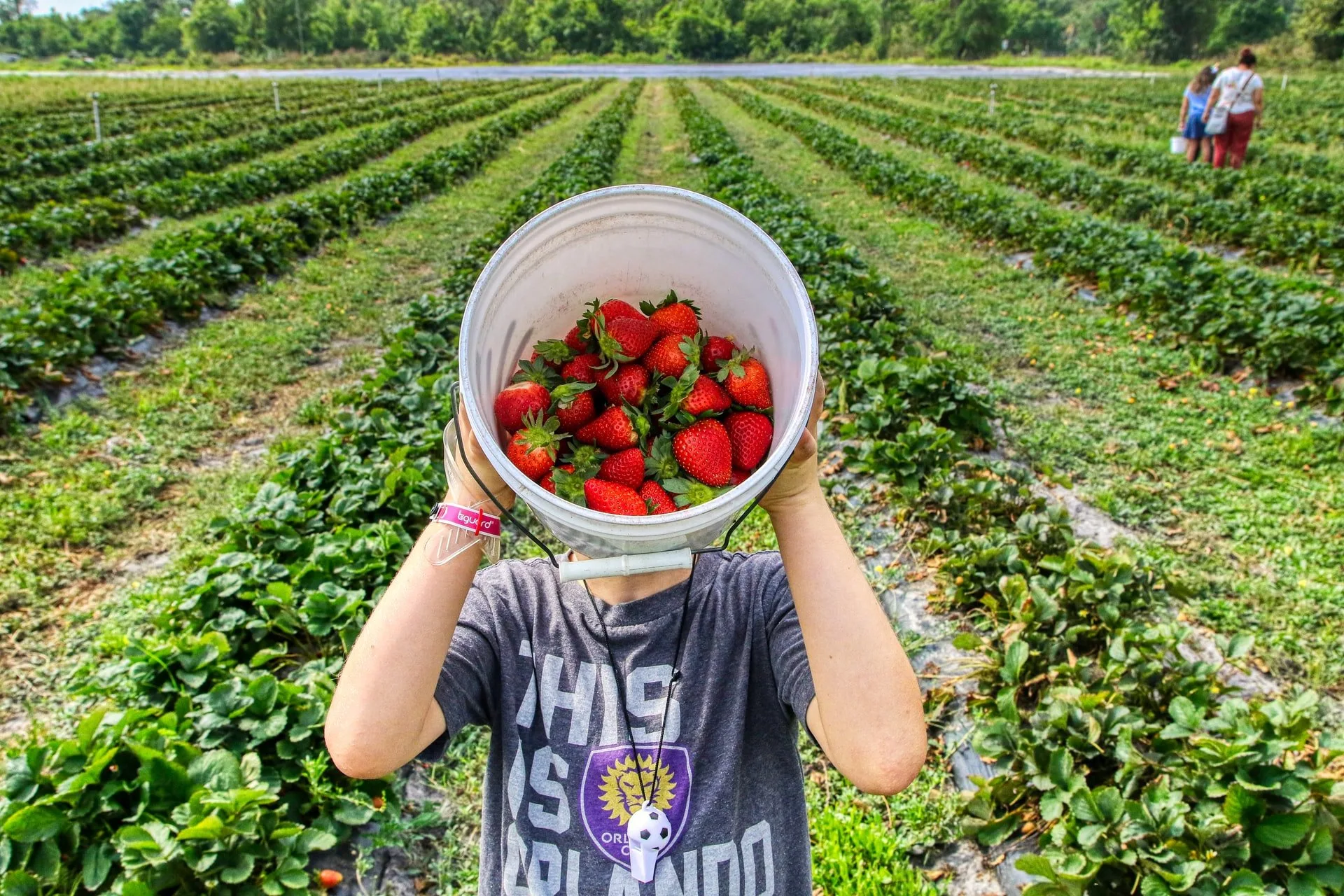
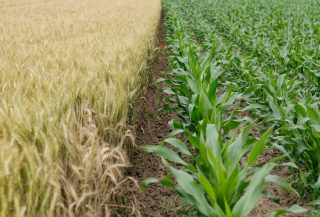
![women [longevity live]](https://longevitylive.com/wp-content/uploads/2020/01/photo-of-women-walking-down-the-street-1116984-100x100.jpg)










